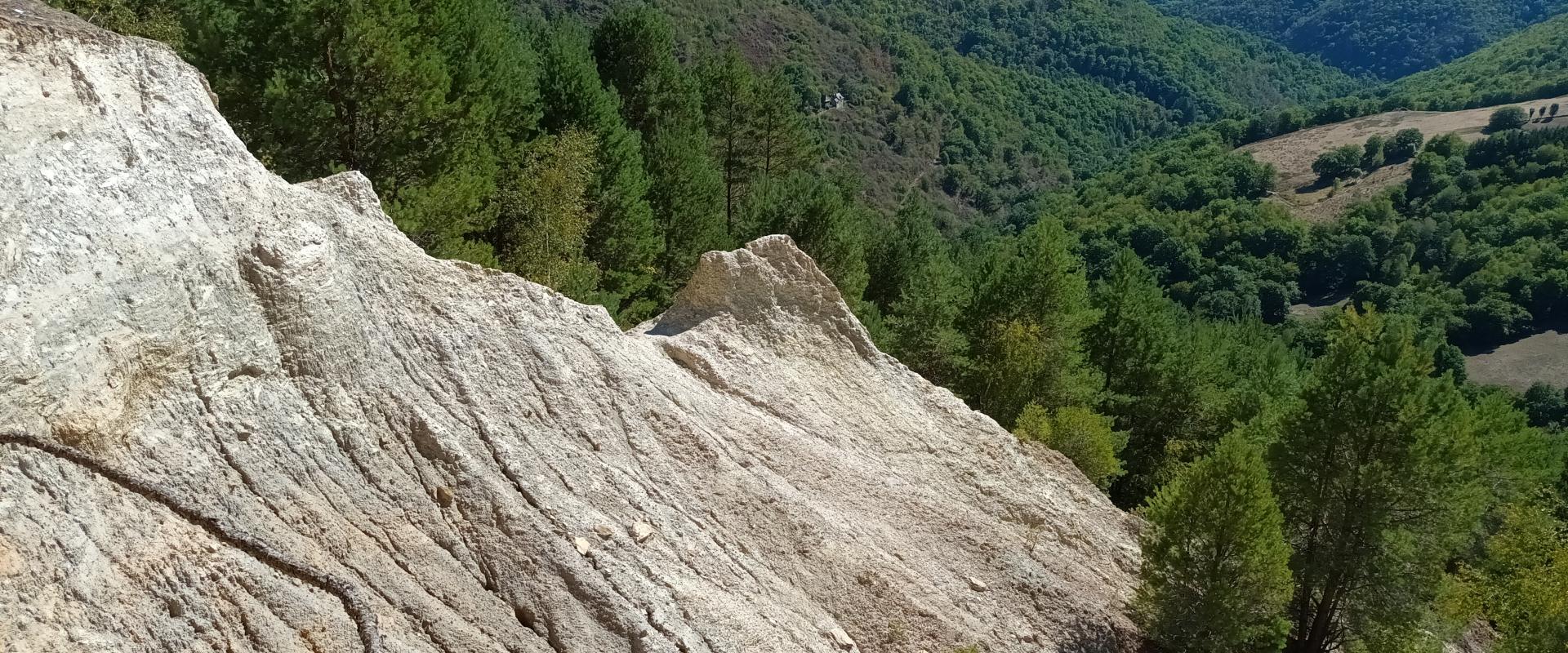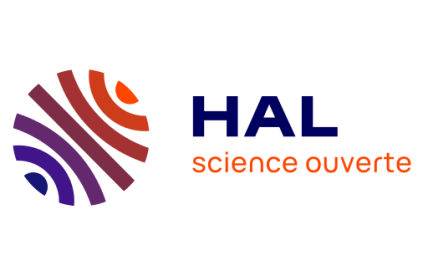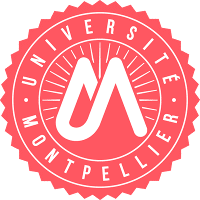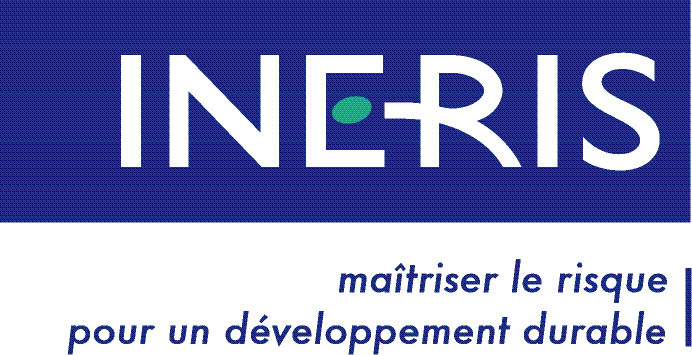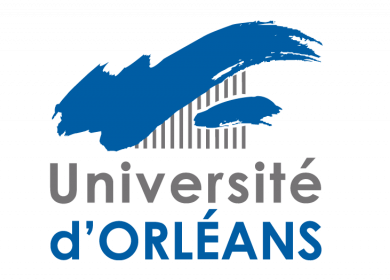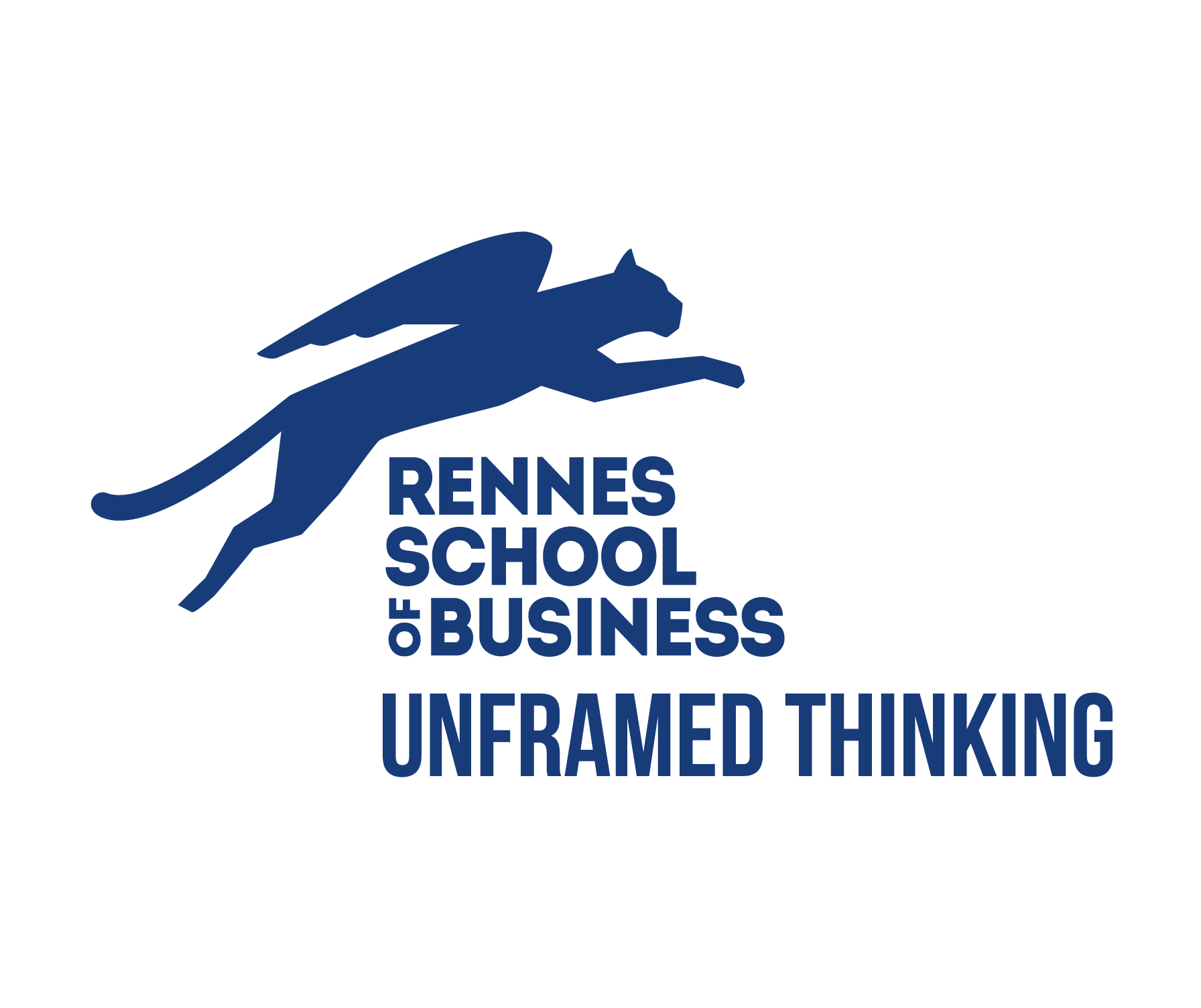Actualités
Challenges and objectives
Developing dynamic models and scenarios requires data and a good understanding of the relationships between a number of economic variables, such as energy and material resources, consumption, GDP per capita, technology deployment, environmental and social impacts, global/local market drivers, regulation and legal measures, and public policies.
The aims of the Technical and Economic Forecasting project, target project No. 3 of the PEPR “The Subsurface: a Common Good”, are as follows:
- Define the concept of subsurface benchmark values to quantify the sustainable level of subsurface exploitation and the benchmark value of strategic metals, the externalities it covers and its use in socio-economic assessments, in particular of decarbonised technologies that use these metals as raw materials.
- Develop a global vision of mineral resource cycles and dynamic analyses of material flows linked to the energy transition in order to quantify the amount of each mineral resource that could be extracted, circulate in the technosphere and finally be eliminated in the environment in the near future.
- Incorporate an economic approach to project price trends and medium-term prospects for mineral resource markets, taking into account uncertainty and the existence of by-products.
- Analyse how raw material markets and the availability of supply (primary and secondary) will influence the development of certain Energy Transition technologies at the expense of others.
- Study the role of public regulation in the development of geothermal energy coupled with CO2 capture and geological storage (CCS), mining and related recycling, but also in the design of mining concession contracts and supervision, as well as fair-competition law, with the aim of clarifying the main trade-offs at play for the development of public policies accompanying exploitation.
Expected results
This target project aims to achieve:
- A reference value constructed task by task,
- Price dynamics that take account of composite products and uncertainty,
- An evolving understanding of metal requirements as part of the energy transition,
- Public policy recommendations: for optimal exploitation by heterogeneous agents, for optimal exploitation coupled with recycling, for the development of CO2 capture and geological storage coupled with geothermal energy, via the design of exploration contracts when the environment is at stake.

Ancienne mine de tungstène d’Enguialès dans le Massif central.
© BRGM
Project leaders


Aude Pommeret
Aude Pommeret is a professor at Savoie Mont Blanc University and a scientific adviser at France Stratégie. She previously held positions at HEC Lausanne and the City University of Hong Kong. She holds a doctorate from the University of Paris 1 and her research focuses on environmental and energy economics; more specifically, she is interested in the energy transition, the cost of intermittency for renewable energies and sustainable growth models that take account of irreversibility and uncertainty. She is also associate editor of the “European Economic Review”, “Resource and Energy Economics” and “City and Environment Interactions”, a board member of the Institut Mathématique pour la planète Terre (IMPT) and the Commission Nationale pour l'Evaluation de la Recherche sur les Déchets Radioactifs (CNE2), and coordinates the EMBS programme (www.embs.eu) in four countries.
Daniel Monfort
Daniel Monfort is a geological engineer and joined BRGM in 2008 to work on natural hazards. In this context, he took part in the shared R&D programme between the Caisse Centrale de Réassurances and BRGM on the assessment of economic losses due to natural hazards, and in other projects straddling the earth sciences and economics. Since 2018, he has been working on topics in industrial ecology and the environment, such as the ecosystem services of urban ecosystems and their consideration in the restoration of polluted sites, as well as on various BRGM projects concerning material needs for the energy transition, such as the SURFER project for Ademe. He is currently coordinating the Horizon Europe MaDiTraCe project on the traceability of battery raw materials for a sustainable supply chain, and task manager for the FutuRaM project on the mobilisation of critical metals from secondary resources derived from recycling.
To find out more
-
Pommeret A., Francesco R. et Schubert K. (2022), “Critical Material for the Energy Transition”, European Economic Review.
-
• Summary report from the expert group on mineral resource planning for the low-carbon transition. Critical mineral resources for low-carbon energy
-
H2020 STRATEGY CCUS PROJECT
-
SURFER project
-
Article (in french). The Conversation : Why not use the storage of CO2 emissions from industrial sources to heat our homes?
To find out more
-
Pommeret A., Francesco R. et Schubert K. (2022), “Critical Material for the Energy Transition”, European Economic Review.
-
• Summary report from the expert group on mineral resource planning for the low-carbon transition. Critical mineral resources for low-carbon energy
-
H2020 STRATEGY CCUS PROJECT
-
SURFER project
-
Article (in french). The Conversation : Why not use the storage of CO2 emissions from industrial sources to heat our homes?



